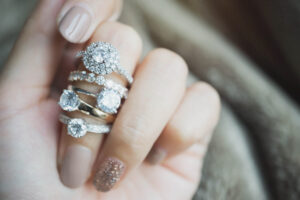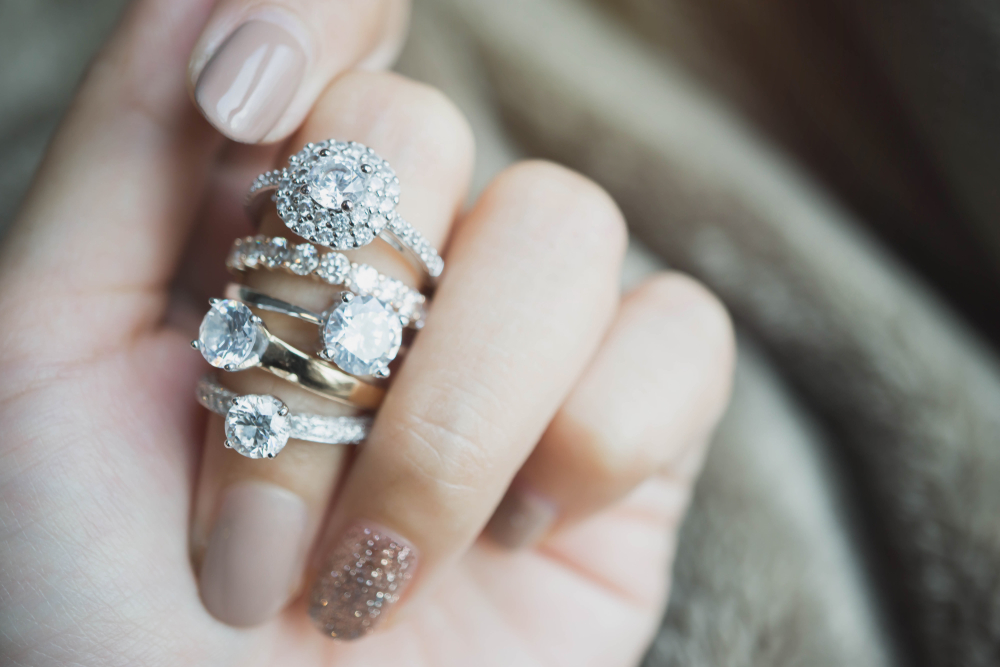
Manufacturers can grow diamonds in laboratory conditions while achieving larger sizes, various color options, and better quality for customers. After production, they often assess artificial diamonds to determine color treatment options and achieve loftier prices. The methods are not exclusively applicable to lab grown diamonds; even low-quality diamonds from mines are often subject to the same procedures.
The best sequence of activities will hinge on the diamond characteristics and the preferred result. Clarity enhancements are a treatment option that changes how a diamond appears, and those have rarely been produced in artificial diamonds. Different from clarity enhancements, color treatments alter the atomic lattice of a diamond.
There are defects in the diamond lattice that the color imparts. So, those treatments look to add and/or remove defects from diamonds.
A common treatment that CVD diamonds go through is HPHT, which entails high pressure and high temperature levels. CVD diamonds have brown-like colors and thus are not as worthy as their colorless counterparts.
The coloring is an effect of the quicker growth of CVD diamonds than HPHT diamonds. As diamonds grow excessively fast, dislocations occur in their lattices and the brown tones start to appear.
It is not a matter of concern for manufacturers of diamonds and diamond rings as it only takes a few minutes to do HPHT treatments. Growing diamonds faster and removing the brown hue with HPHT technology will bring about nice colorless diamonds. It is a more effective option in relation to cost than producing diamonds more slowly.

It is also possible to produce yellow coloring, such as the so-called cape colors in mined diamonds, through HPHT treatment technology.
In other situations, following the treatment with the irradiation process as well as annealing with low temperatures can produce red, orangey-pink, pink and purplish-pink hues.
The colors that manufacturers produce can be stunning and comparable to the rare Golconda diamond colors.
The irradiation treatment after growth can contribute to blue-green and blue hues in diamonds. The treatment makes the same defect in greenish-blue and green diamonds. It is difficult to determine whether a diamond’s color has an artificial or natural origin.
Steps like introducing or removing nitrogen in diamond chambers can create the desired color in HPHT diamonds, instead of treating the gem after its growth. Many diamond colors are lab-grown, so there is not much focus on deciding whether synthetic diamond colors are ‘as-made’ colors or introduced through further treatments after production.
